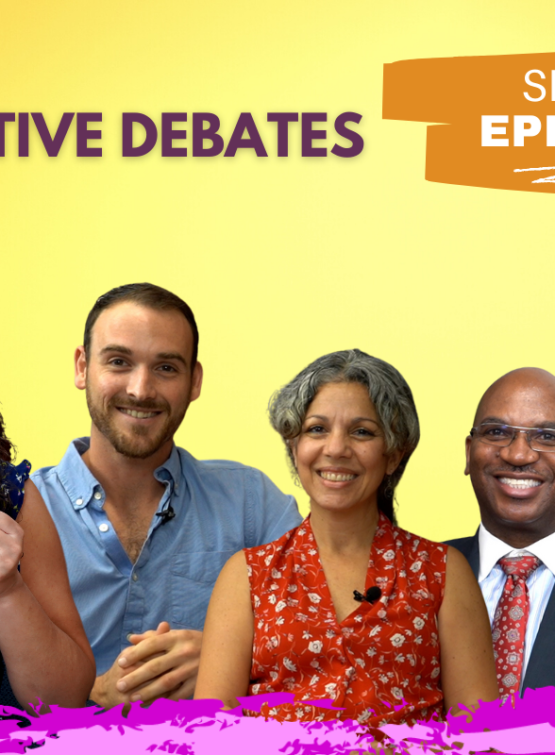AIR DATE MAY 19, 2022
Title: Media Literacy
In this information age, it is crucial we consume content with a critical eye. Learn how to assess the truth behind media.
Guests and Locations
Media Literacy Now, Florida Branch Leader – Alicia Haywood
News Literacy Project, Director of Educator Network Expansion – Shaelynn Farnsworth
Media Literacy
About 10% of people admit to purposely sharing fake news and misinformation on their social networks. Those efforts have caused about 80% of consumers in the United States and many more globally to see information that pretends to be authentic. [[1]]
“I remember in 2008, when my students had technology in their hands, I was searching for resources to help them discern facts from falsehoods online,” said Shaelynn Farnsworth, Director of Educator Network Expansion at the News Literacy Project. “Fast-forward 20 some years, now my career has come full circle.”
The rise of social media helped to create the foundation for misinformation consumption. People often assume that the person sharing a post or article has researched its authenticity, but that is rarely the case. About 75% of Internet users overestimate their ability to spot fake news. [[2]]
How Does New Literacy Help to Stop Misinformation?
Farnsworth says that five types of misinformation exist online: satire, false content, imposter content, manipulated content, and fabricated content. “While they’re all misinformation,” Farnsworth said, “the way that they’re used, and their intent, is very different.”
When people can recognize content that starts illegitimately and intends to cause harm, it’s easier to move on from that post.
Alicia Haywood is the Florida Branch Leader of Media Literacy Now. She has more than 25 years of experience sorting authentic information from misinformation. “We need to care about what is true,” she said. “We need to care about facts.”
Unless someone is willing to care that the information presented to them is trustworthy, Haywood says any information will be treated as fact-based and authentic. Without training in misinformation recognition, more fake news is likely to circulate throughout our communities and social circles.
Everyone Must Become an Interviewer to Limit Misinformation
“It boils down to exhaustive questioning,” said Haywood. She refers to these efforts as “habits of inquiry.”
“We need critical thinkers,” she said. “We need to care about where content finds its way into our lives, care about where it’s coming from, and the… people behind the creation of the content.”
All online information should be reviewed to determine if it is authentic or fake. Here are some questions that everyone can ask to begin the verification process.
- What is the source of the material? Investigate the information on the site, review its mission, and see what contact information exists.
- How outrageous is the headline? The goal of most websites is to earn a click, so read through what the story says before reaching a judgment or forming an opinion.
- Who is the author? Is the writer credible and real, or an avatar hiding a ghostwriter?
- Is it a joke? If the story seems too strange to be authentic, you could be on a satire site.
- When was the story published? If someone reposted old news, that doesn’t mean it is still relevant to today’s events.
“More than 80% of middle school students believe that sponsored content was a real news story, and less than 20% of high school students question the credibility of a misleading photo or manipulated content,” said Farnsworth.
By checking out resources from organizations like the News Literacy Project and Media Literacy Now, everyone will have better access to the tools they need to recognize the differences between information and misinformation.
[[1]] https://www.statista.com/topics/3251/fake-news/
[[2]] https://www.cnn.com/2021/05/31/health/fake-news-study/index.html



